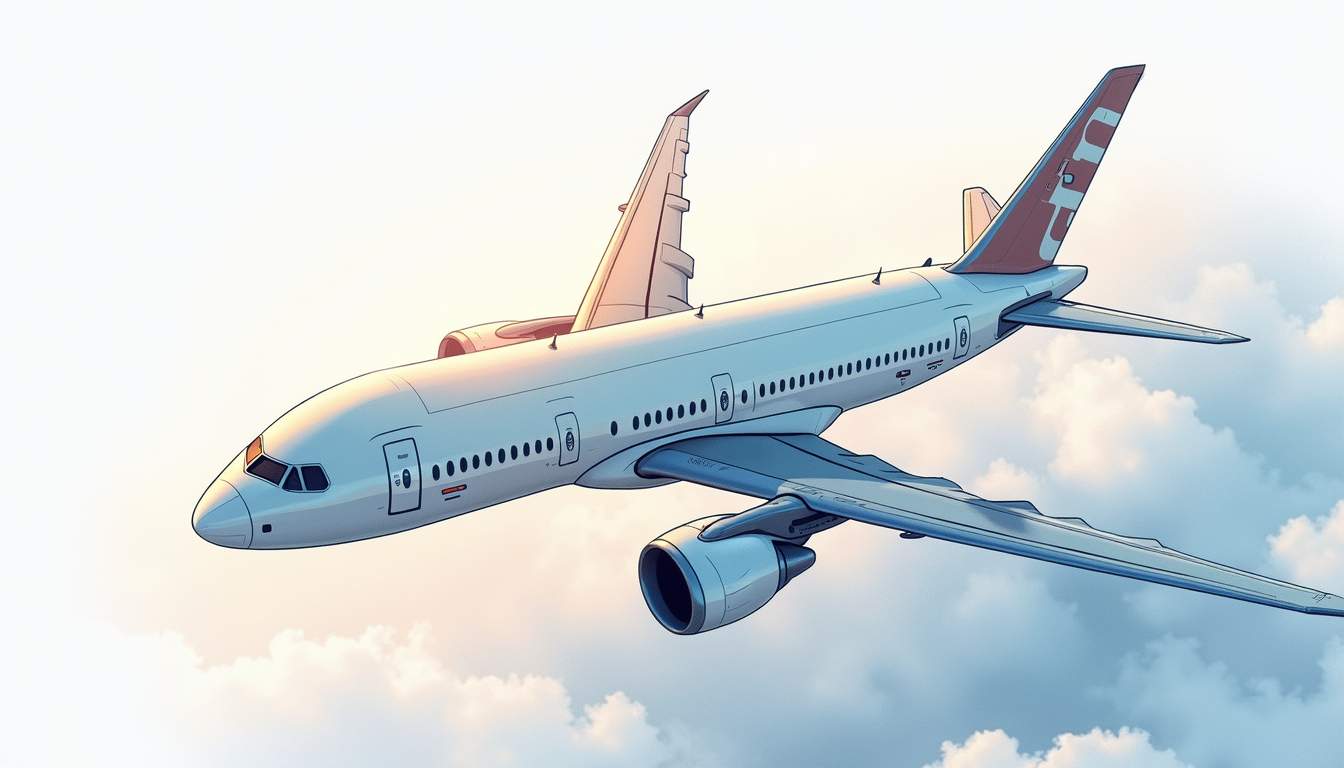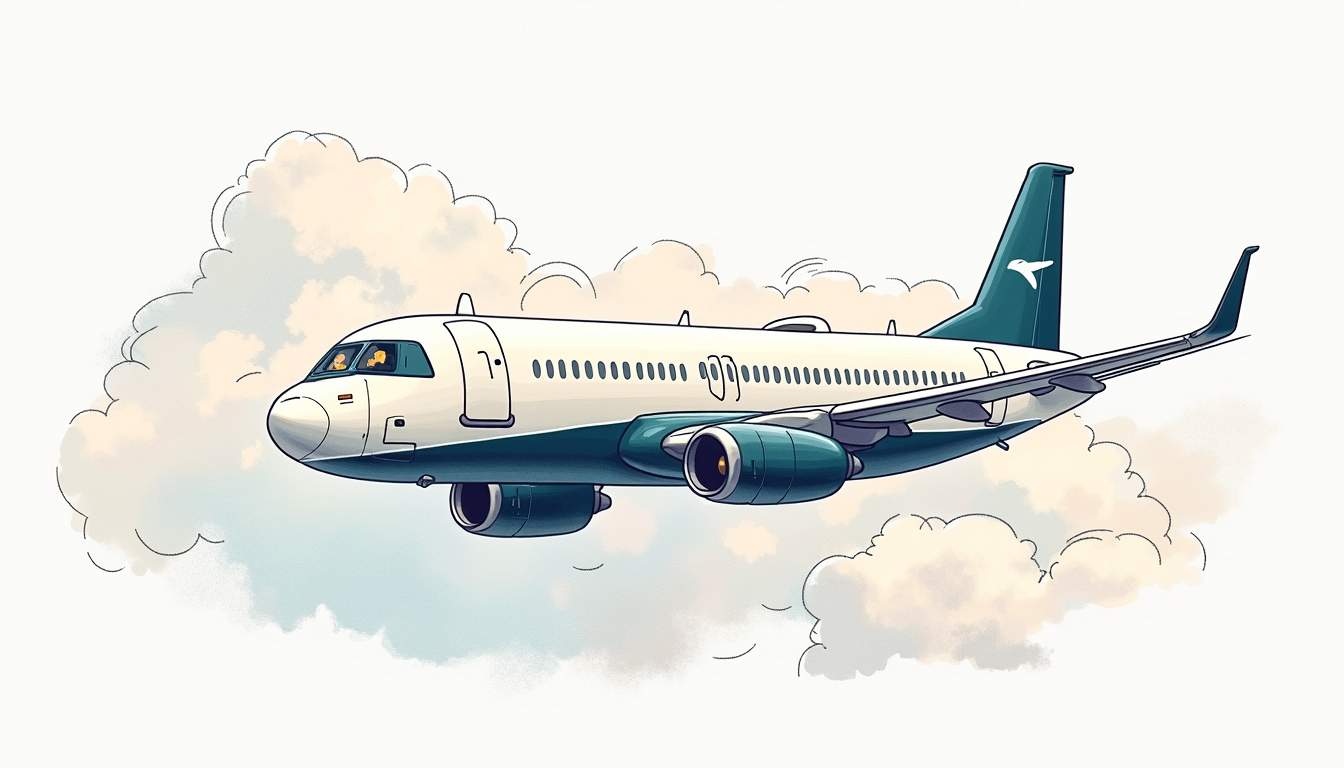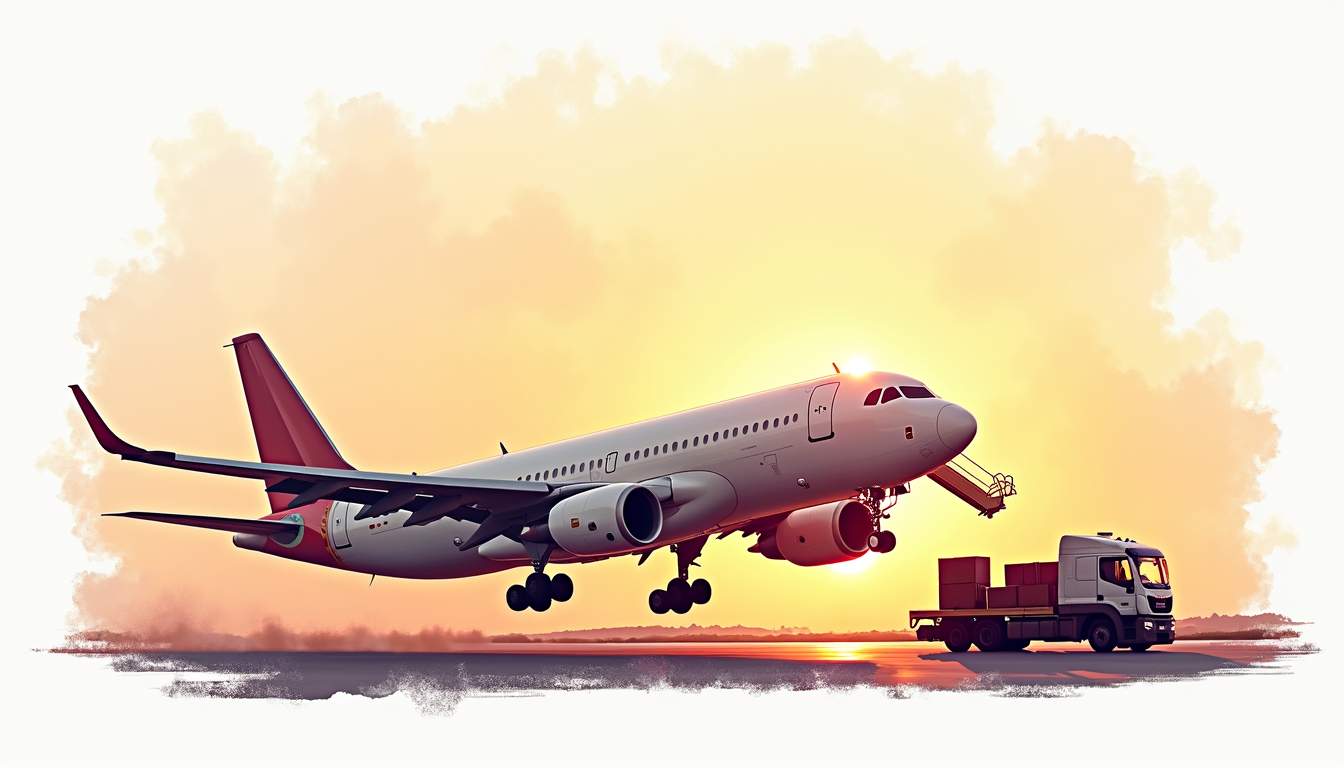The aviation industry offers a plethora of career opportunities, and one of the most exciting paths is that of a cargo charter pilot. This role not only involves flying but also provides a unique chance to work with diverse cargo and travel to various locations. If you are considering this career, this guide will walk you through the essential steps to become a successful cargo charter pilot.
Understanding the Role of a Cargo Charter Pilot
Cargo charter pilots are responsible for transporting goods and cargo on demand, often to locations that are not served by commercial airlines. This role requires a unique set of skills and knowledge, as pilots must be adept at handling various types of cargo, including perishable goods, hazardous materials, and oversized freight. The ability to adapt to different aircraft types and configurations is essential, as pilots may fly everything from small turboprops to large freighters, depending on the mission requirements. Moreover, they must stay informed about the latest regulations and best practices in cargo handling to ensure the safety and integrity of the shipments.
Key Responsibilities
The responsibilities of a cargo charter pilot extend beyond simply flying the aircraft. They include pre-flight planning, conducting safety checks, and ensuring compliance with aviation regulations. Additionally, pilots must communicate effectively with ground crews and clients to coordinate pick-up and delivery schedules. They often engage in meticulous weight and balance calculations to optimize aircraft performance and fuel efficiency. Furthermore, cargo charter pilots are frequently required to manage unexpected situations, such as weather changes or mechanical issues, necessitating quick thinking and problem-solving skills to ensure that cargo reaches its destination safely and on time.
Work Environment
Cargo charter pilots often work irregular hours, including nights, weekends, and holidays. The nature of the job may require them to be on call, ready to respond to urgent cargo needs. This flexibility can be both a challenge and an advantage, as it allows for a dynamic work schedule. Pilots may find themselves flying to remote locations where they experience different cultures and landscapes, enriching their professional lives. Additionally, the camaraderie among cargo pilots can be strong, as they often share experiences and challenges unique to their line of work, fostering a sense of community within the industry. The diverse nature of their assignments also keeps the job exciting, as no two flights are ever the same, allowing pilots to continually hone their skills and adapt to new situations.
Step 1: Meet the Basic Requirements
Before embarking on the journey to become a cargo charter pilot, it’s essential to meet the basic requirements set by aviation authorities. These typically include age, education, and medical standards.
Age and Education
Most aviation authorities require pilots to be at least 18 years old. A high school diploma is typically the minimum educational requirement, though many pilots pursue further education, such as an associate or bachelor’s degree in aviation or a related field. This educational background can provide a solid foundation in aerodynamics, navigation, and aircraft systems. Additionally, many flight schools offer specialized programs that combine ground school with flight training, allowing aspiring pilots to gain both theoretical knowledge and practical experience in a structured environment. Such programs often include courses on aviation regulations, meteorology, and flight safety, which are crucial for a successful career in aviation.
Medical Certification
Obtaining a medical certificate from an authorized aviation medical examiner is crucial. This certificate ensures that the pilot meets the health standards necessary for flying. Cargo pilots generally need at least a second-class medical certificate, which requires passing vision, hearing, and overall health assessments. It’s important to note that the medical examination can vary in rigor depending on the class of certification, and pilots may need to provide detailed medical histories or undergo additional tests if any health concerns arise. Maintaining good health is not just about passing the initial examination; it also involves ongoing health management, as pilots are subject to periodic medical evaluations throughout their careers. Staying physically fit and addressing any health issues proactively can help ensure long-term success in the cockpit.
Step 2: Obtain a Private Pilot License (PPL)
The journey to becoming a cargo charter pilot begins with obtaining a Private Pilot License (PPL). This license allows individuals to fly small aircraft for personal use and is the first step in a pilot’s training journey.
Flight Training
Flight training for a PPL typically involves a combination of ground school and practical flying experience. During ground school, aspiring pilots learn about aviation regulations, navigation, weather, and aircraft operations. Practical training involves flying with an instructor, where students gain hands-on experience in various flight maneuvers and emergency procedures.
Examinations
After completing the required flight hours and training, candidates must pass a written exam and a practical flight test, known as a checkride. Successfully completing these assessments will earn the PPL, marking a significant milestone in the pilot’s career.
Step 3: Acquire an Instrument Rating (IR)
Once a PPL is obtained, the next step is to acquire an Instrument Rating (IR). This rating allows pilots to fly under instrument flight rules (IFR), which is essential for flying in various weather conditions and navigating through controlled airspace.

Importance of Instrument Rating
Having an IR is particularly beneficial for cargo charter pilots, as they often operate in diverse and sometimes challenging weather conditions. This rating enhances a pilot’s skills and increases their employability within the cargo aviation sector.
Training and Testing
Training for the IR includes both ground school and flight training focused on flying solely by reference to instruments. Pilots must demonstrate their ability to handle the aircraft in various scenarios, including poor visibility. After completing the training, candidates must pass a written exam and a practical test to earn their IR.
Step 4: Obtain a Commercial Pilot License (CPL)
The next significant step in becoming a cargo charter pilot is obtaining a Commercial Pilot License (CPL). This license allows pilots to be compensated for their flying services, which is essential for a career in cargo aviation.
Flight Hours Requirements
To qualify for a CPL, pilots must accumulate a specific number of flight hours, typically around 250 hours. This includes hours flown as pilot-in-command and cross-country flying. Many pilots gain this experience by working as flight instructors or flying for small charter companies.
Advanced Training
Training for the CPL involves more advanced flight maneuvers and a deeper understanding of aviation regulations and aircraft systems. Pilots must also pass a written examination and a practical flight test to obtain their CPL.
Step 5: Gain Experience and Build Flight Hours
Experience is crucial in the aviation industry, particularly for cargo charter pilots. Building flight hours and gaining diverse flying experience can significantly enhance a pilot’s qualifications.

Working as a Flight Instructor
Many aspiring cargo pilots choose to work as flight instructors to accumulate flight hours. This role not only helps build experience but also reinforces the pilot’s knowledge and skills. Teaching others can provide valuable insights into flying and improve decision-making abilities.
Flying for Charter Companies
Another option is to work for a small charter company or regional airline. These positions often provide opportunities to fly various aircraft and gain experience in different flying conditions. This experience is invaluable when seeking a position with a cargo charter company.
Step 6: Obtain a Type Rating
For those looking to fly specific cargo aircraft, obtaining a type rating is necessary. This certification is required for pilots who wish to operate larger or specialized aircraft.
Understanding Type Ratings
A type rating involves additional training and testing specific to a particular aircraft model. This training includes ground school instruction, simulator training, and flight training in the specific aircraft. Pilots must demonstrate proficiency in operating the aircraft before receiving the type rating.
Benefits of a Type Rating
Having a type rating can significantly enhance a pilot’s employability, as many cargo charter companies prefer or require pilots to have specific type ratings for the aircraft they operate. This certification can open doors to more advanced flying positions and higher pay.
Step 7: Apply for Cargo Charter Pilot Positions
With the necessary licenses, ratings, and experience in hand, the final step is to apply for cargo charter pilot positions. This process can be competitive, so it’s essential to present a strong application.
Crafting a Strong Resume
A well-crafted resume is essential when applying for pilot positions. It should highlight relevant flight experience, certifications, and any specialized training. Including details about specific aircraft flown and types of cargo transported can also be beneficial.
Networking and Job Search
Networking within the aviation industry can significantly enhance job prospects. Attending aviation events, joining pilot associations, and connecting with industry professionals can lead to job opportunities. Additionally, online job boards and company websites are valuable resources for finding cargo charter pilot positions.
Step 8: Continuous Learning and Professional Development
The aviation industry is constantly evolving, and cargo charter pilots must stay updated on new regulations, technologies, and best practices. Continuous learning is essential for career advancement and ensuring safety in operations.
Additional Certifications
Pursuing additional certifications, such as a Certified Flight Instructor (CFI) or an Airline Transport Pilot (ATP) license, can further enhance a pilot’s qualifications. These certifications can lead to more advanced positions and increased responsibilities within the cargo aviation sector.
Staying Informed
Regularly reading aviation publications, attending seminars, and participating in training programs can help pilots stay informed about industry trends and developments. Engaging in ongoing education is crucial for maintaining a competitive edge in the field.
Conclusion
Becoming a cargo charter pilot is a rewarding and challenging career path that requires dedication, training, and experience. By following the steps outlined in this guide, aspiring pilots can navigate their way through the necessary qualifications and find success in the cargo aviation industry. With the right skills and determination, the skies are the limit for those who choose this exciting profession.

Start Your Cargo Charter Career with Freighter Gator
Are you ready to take to the skies and embark on a thrilling career as a cargo charter pilot? At Freighter Gator, we’re committed to supporting your journey with our top-tier air cargo charter solutions. Our global network is perfect for pilots seeking opportunities to fly diverse cargo with a company that values timeliness and reliability. If your business needs expedited air freight services, we invite you to Request a Quote today and experience the efficiency and dependability that Freighter Gator is known for. Let’s ensure your cargo—and your career—soar to new heights!
